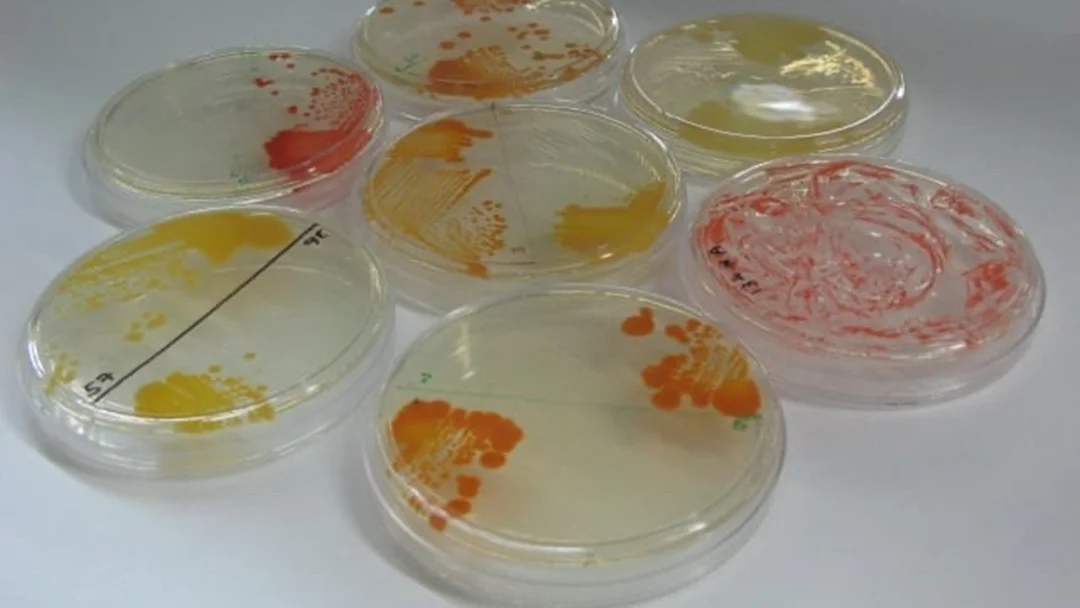
NASA’s Cleanroom Microbes: Space Survival Secrets and Biotech Potential Revealed
The sterile cleanrooms where NASA builds its spacecraft aren't as sterile as you might think. A recent study has uncovered a surprising secret: these seemingly inhospitable environments are teeming with tough microbes, holding valuable clues to space survival and biotechnology advancements. These findings, published in the journal Microbiome, are raising important questions about planetary protection and opening doors to exciting new possibilities.

Scientists from NASA's Jet Propulsion Laboratory (JPL), King Abdullah University of Science and Technology (KAUST), and institutes across India and Saudi Arabia have identified 26 novel bacterial species thriving within these controlled environments. What's even more remarkable is that these newly described species possess unique genetic traits associated with resilience to extreme conditions, hinting at their potential to survive the harsh realities of space.
Extremophiles, microorganisms that thrive in extreme environments, are well-known for their adaptability. But the discovery of these previously unknown species within NASA's cleanrooms highlights the importance of meticulous contamination control to prevent the unintentional transfer of microbes during space missions. As Professor Alexandre Rosado of KAUST, the lead researcher on the project explains, "Our study aimed to understand the risk of extremophiles being transferred in space missions and to identify which microorganisms might survive the harsh conditions of space. This effort is pivotal for monitoring the risk of microbial contamination and safeguarding against unintentional colonization of exploring planets."
The analysis revealed that many of these new species harbor genes that confer resistance to decontamination and radiation. Some of these genes are linked to DNA repair, the detoxification of harmful molecules, and improved metabolism. These traits not only enhance their survivability but also hold promise for biotechnological innovation. Junia Schultz, a postdoctoral fellow at KAUST and the study's first author, notes, "The genes identified in these newly discovered bacterial species could be engineered for applications in medicine, food preservation, and other industries."
Beyond planetary protection and biotech advancements, these findings offer valuable insights into the types of bacteria astronauts might encounter during space missions. By understanding the characteristics of these resilient organisms, NASA can develop more effective strategies to mitigate microbial contamination in cleanrooms and ensure the safety of future space explorations.

Further research, including the identification of Bacillus species isolated from cleanrooms at NASA's Johnson Space Center, is reinforcing the understanding of the microbial diversity present in these critical environments. These studies emphasize the necessity of continuous monitoring and advanced identification techniques, such as whole genome sequencing, to ensure the integrity of astromaterials and the success of space exploration endeavors.
This discovery not only underscores the tenacity of life but also serves as a reminder that even in the most controlled environments, nature finds a way. What other secrets are hidden within these microscopic inhabitants of our spacecraft assembly rooms? How can we harness their resilience for practical applications here on Earth? Share your thoughts and insights in the comments below!